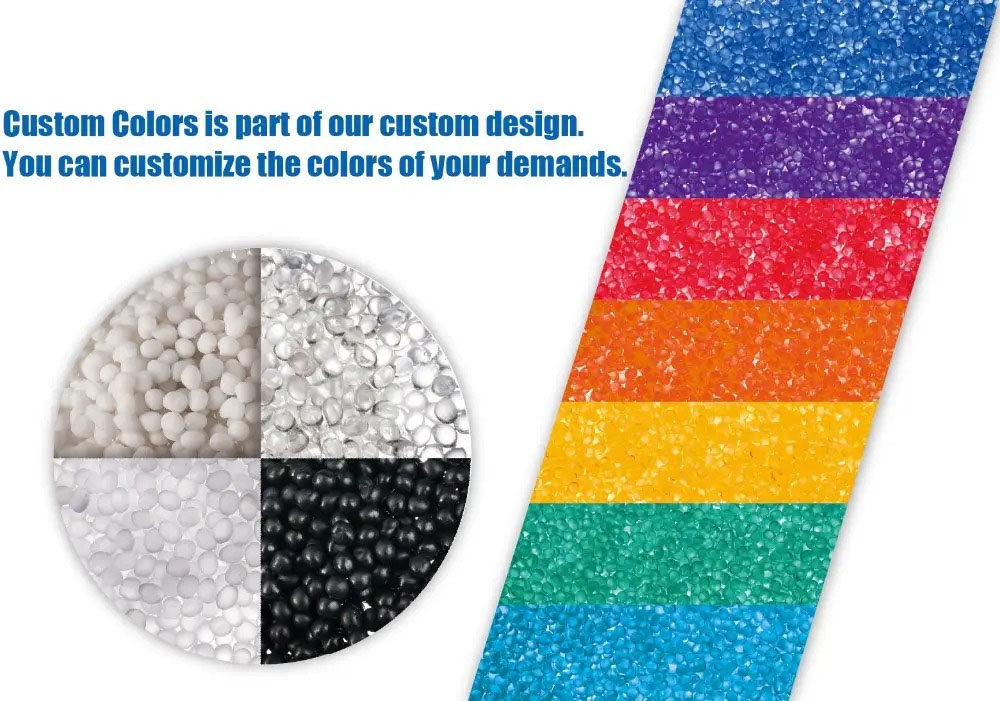TPR is a kind of soft polymer with modulation properties. According to different requirements of customers, suppliers provide targeted TPE and TPR material formula system and application solutions. The strength of R & D capability is an important factor to evaluate the comprehensive strength of TPE and TPR manufacturers.
Why so many pet toy manufacturers choose TPE material instead of PVC material, the first is environmental protection. TPE and TPR do not contain phthalate plasticizer and halogen, and the combustion of TPE and TPR does not release dioxin and other harmful substances.
For the hardness of pet toys, the hardness unit of PVC is p (expressed by the content of plasticizer), and the hardness unit of TPE and TPR is a (measured by the data measured by shore hardness tester a). P and a, two kinds of hardness, have an approximate conversion relationship.
Generally speaking, the fluidity of TPE and TPR is worse than that of PVC. The plasticizing and molding temperature of TPE and TPR are higher than that of PVC (TPE, TPR plasticizing temperature is 130 ~ 220 ℃, PVC plasticizing temperature is 110 ~ 180 ℃); generally speaking, the shrinkage of soft PVC is 0.8 ~ 1.3%, TPE and TPR are 1.2 ~ 2.0%.
TPE and TPR have better low temperature resistance than PVC. TPE and TPR will not harden at - 40 ℃ and PVC will harden at - 10 ℃.
TPE and TPR for pet toys can be molded by injection molding, extrusion and blow molding, while PVC can be molded by injection, extrusion, lining and dropping.

Post time: Oct-12-2022
